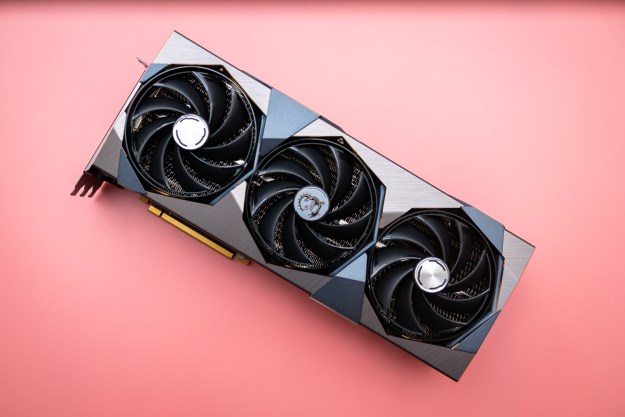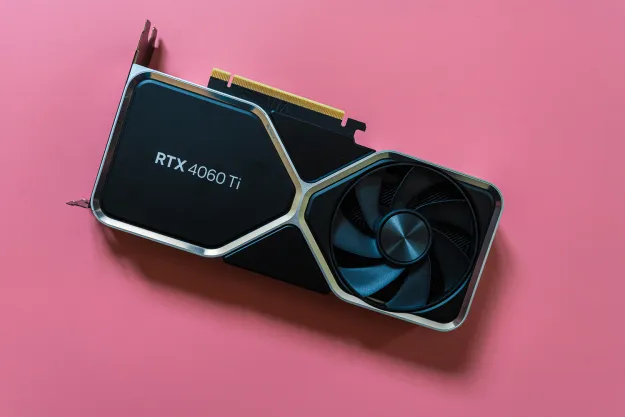Intel confirmed on Tuesday, June 12, that it’s officially re-entering the discrete graphics market in 2020. Without providing any additional information, Intel simply linked back to a previous announcement revealing that former AMD Radeon graphics chip designer Raja Koduri is now Intel’s chief architect and senior vice president of the new Core and Visual Computing Group.
Intel’s entry would make the company the third-largest player in the GPU market following AMD and Nvidia. For years Intel stuffed its own onboard graphics into its processors, and at one time even attempted to enter the discrete GPU market. But right now, Nvidia dominates the market, residing at the top of the totem pole followed by AMD’s Radeon division. Intel apparently wants a slice of the GPU pie too.
Outside its gaming ambitions, Intel’s upcoming enterprise and datacenter-facing discrete GPU solutions are on the horizon. Its “Arctic Sound” and “Jupiter Sound” discrete GPUs were originally intended to spend their lives toiling away in data centers, crunching numbers in quiet obscurity. But Intel’s graphics chief obviously has other plans outside the datacenter.
Bonus: Apparently @Rajaontheedge is redefining Arctic Sound (first Intel dGPU), was originally targeted for video streaming apps in data center, but now being split into two: the video streaming stuff and gaming. Apparently wants to “enter the market with a bang.”
— Ashraf Eassa (@TMFChipFool) April 6, 2018
Intel’s 2020 re-entry is fascinating news given that Koduri is a relatively recent hire, but his tenure at AMD — and before that at Apple — suggests this could have been the plan all along. Koduri’s departure from AMD for Intel signaled the company’s increased interest in improving the graphical functionality of its products. Recent leaks suggest that Koduri is the man behind the changes to the upcoming Arctic Sound GPU solutions.
Remember, Intel recently cozied up with AMD for a series of processors that feature onboard Radeon Vega graphics along with Intel’s integrated HD graphics hardware. This shift toward gaming hardware is likely part of a larger long-term strategy to diversify Intel’s offerings. It’s unclear what would happen to the AMD partnership when Intel becomes a direct competitor to AMD in the GPU arena in 2020.
According to Wccftech, not only is Koduri a crucial component of the project, but there are some serious manufacturing hurdles standing in the way of Intel’s GPU ambitions. Its current fabrication facilities aren’t exactly geared toward mass-producing gaming GPUs, so it’s likely an uptick in research spending could signal that the GPU project is kicking into high gear.
Intel clearly has a strong interest in pushing into the GPU market — the company has a number of graphics-oriented job openings currently listed on its jobs board — and now would be the time to do it. With shortages and cryptocurrency mining pushing prices higher and nudging more and more PC gaming enthusiasts toward integrated graphics solutions, maybe it’s time to have a third option for discrete GPUs. Having more options than just AMD or Nvidia could be refreshing for PC builders.
Updated on June 12: Intel confirmed 2020 launch window.
Editors' Recommendations
- AMD’s graphics card sales just took a nosedive
- Intel Battlemage graphics cards: release date speculation, price, specs, and more
- I tested Intel’s XeSS against AMD FSR — and the results speak for themselves
- Nvidia RTX 50-series graphics cards: news, release date, price, and more
- The sad reality of AMD’s next-gen GPUs comes into view



